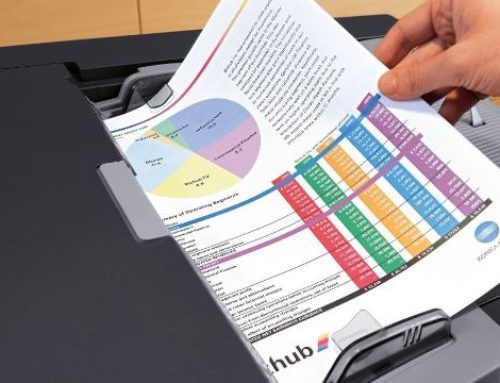Cloud Computing: What’s In It For Your School?
 If you have taken any notice of discussions about computing and technology over the past couple of years, you will have probably noticed that people are not just talking about ‘software’, ‘programmes’, ‘systems’ or ‘networks’ anymore. Increasingly, any discussion about IT centres around another, more recent term – The Cloud.
If you have taken any notice of discussions about computing and technology over the past couple of years, you will have probably noticed that people are not just talking about ‘software’, ‘programmes’, ‘systems’ or ‘networks’ anymore. Increasingly, any discussion about IT centres around another, more recent term – The Cloud.
Cloud computing has actually been around a considerable amount of time. In its strictest sense, it refers to any system where individual computing resources, such as those provided by PCs and servers, are pooled and shared via a network. In practice, the term is now most commonly used to refer to the remote hosting of IT services – whether software, platforms or even IT infrastructure itself – by third parties who sell and manage access.
Let’s take an example. Ten or fifteen years ago, every person and organisation that used Microsoft Office software had to install it on their own devices, buying a license which allowed them to do so. Now, with the Office 365 cloud version, no installation or license is required – you sign up online, get a login and, in return for a monthly subscription fee, can access Office 365 programmes whenever you like via an internet connection, on any device.
Cloud IT solutions are now available for everything from learning platforms to print management systems. But what are the benefits to your school?
Lower costs
The subscription pricing model of cloud services is widely viewed as more cost effective than having to buy individual software and IT platforms outright. High upfront expenses are converted into monthly operating costs, which helps schools on tight budgets manage their expenditure.
Reduced infrastructure requirements
Schools, like any other organisation, have traditionally needed their own servers to run their IT systems. The more sophisticated your IT requirements become, the more you expand the number of endpoints and the amount of software being run on the network, the bigger and more powerful your servers had to be. With the cloud, you can in theory run an entire IT system with no servers on your own premises at all – you simply need a good broadband internet connection. Furthermore, you can scale up your IT resources as much as you wish, without the need for expensive server upgrades.
Less maintenance
With any IT resource installed and run on your own hardware, all faults become your responsibility – the only way to fix a fault with a programme or a server outage is by doing the technical work on your premises. With cloud services, all of this is included in the subscription fee. The resources are hosted in state-of-the-art data centres which perform to standards far superior to general on-premises servers, and it is the responsibility of the hosting company to resolve any issues.
More resources for everyone
Schools face some unique challenges making available the right kinds of IT resources to benefit the learning of every pupil. Educational demands obviously change year by year, and the suitability of programmes for older pupils is very different to the youngest. Acquiring different platforms for these differing needs used to not only be very expensive, it also posed logistical problems – setting up the right access control systems for each programme on the network, for example, or installing each individual piece of software on every individual device.
With cloud solutions, all of that complexity is stripped away. If you want a class to access, say, a new maths programme, you simply create log-ins for each pupil and they do the rest. Access is instant and, because of the lower costs, you can afford to sign up to many more services than you used to be able to afford to buy.
Data storage simplified
Schools live and die by their data records. The single most important element in how schools are held accountable for performance is through tracking pupil progress and attainment, which is a case of storing and managing assessment records. This is a significant demand in itself, requiring investment in robust, secure databases and the creation of appropriate network pathways.
Cloud database solutions make all of this cheaper and more straightforward for the reasons already outlined – it is just a case of signing up to a ready-made service. More than that, however, the cloud gives schools access to powerful, affordable data integration tools which can automatically pull assessment data from other digital resources – in other words, filling in the records for the teachers. The cloud has also put enterprise-class data analytics tools within reach of educators, giving them the capability to evaluate and interpret pupil performance data using sophisticated algorithms, the results of which can inform planning by identifying strengths and weaknesses of individual pupils and suggesting next steps.




